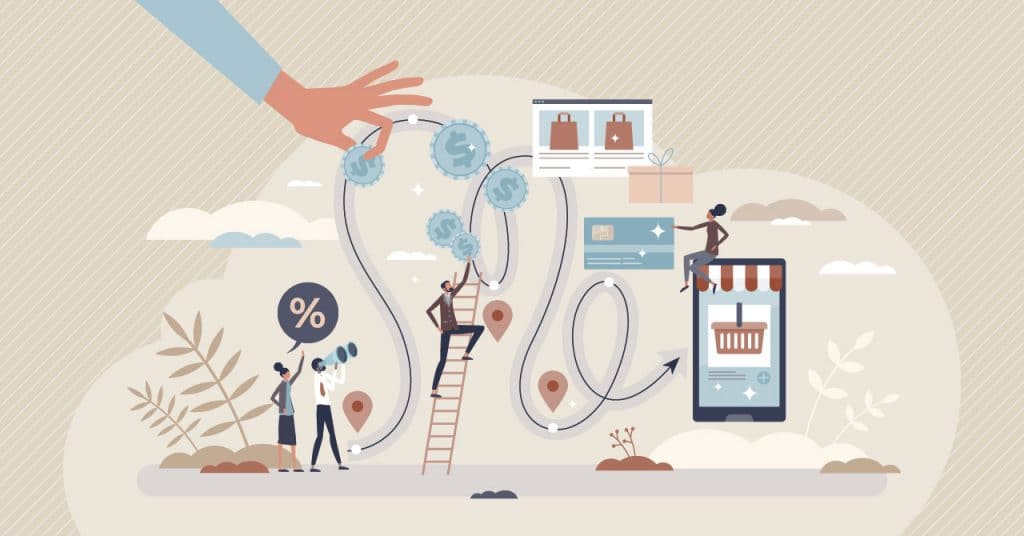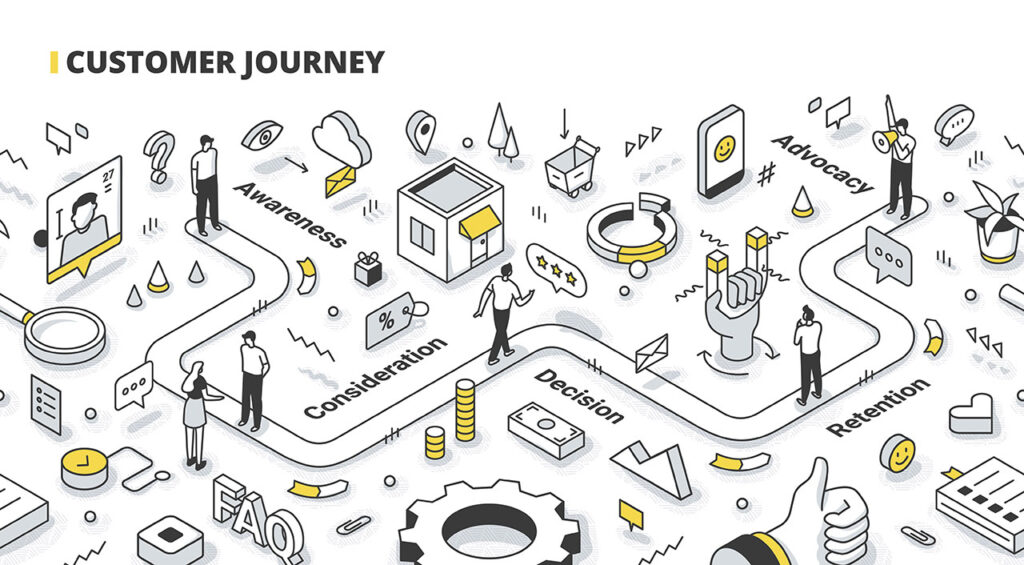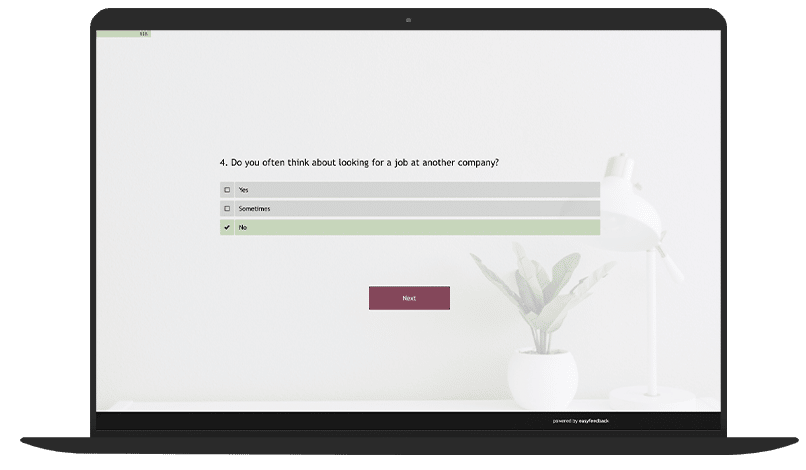What is customer centricity?
Customer centricity is a business approach in which the company places the needs, wishes and experiences of its customers at the forefront of its strategic considerations.
The aim is not just to sell products or services, but to improve the entire customer life cycle.

From the first contact to the purchasing process to after-sales service – the entire customer journey is shaped by this philosophy.
Customer centricity is not a one-off project, but an ongoing process that requires a long-term and constant adaptation of the corporate strategy.
Companies that consistently follow this path not only create strong brand loyalty, but also promote customer satisfaction and loyalty.
Strategies for customer centricity
1st strategy: Personalization of the customer approach
Personalization is a central component of customer centricity.
Today’s customers expect companies to understand their needs and respond to them individually.
This starts with communication.

Emails, offers and advertising that are tailored to the customer’s specific interests and behavior increase the likelihood that the customer will feel addressed.
A good example of this is customized recommendations, as can be found at online retailers such as Amazon.
Based on previous purchases and search behavior, the customer is offered a selection that matches their interests.
This form of personalized approach not only helps to increase sales figures, but also strengthens the relationship with the customer.
2nd strategy: Use of Customer Relationship Management (CRM)
CRM systems are essential to ensure sustainable customer centricity.
They enable companies to collect and evaluate all relevant information about their customers.
This includes not only contact information, but also purchasing behavior, preferences and communication with the company.
With a well-implemented CRM system, a company can take proactive measures, such as contacting customers early in the event of problems or providing special offers for loyal customers.
This creates a closer bond and a better understanding of the customer’s needs.
3rd strategy: Customer journey mapping
Visualizing the entire customer journey – from initial perception to purchase and beyond – is another key strategy.
Customer journey mapping involves tracing the customer’s path from their perspective in order to identify all touchpoints at which the company comes into contact with the customer.

This mapping allows weak points in the customer experience to be identified and improved.
A smooth, consistent experience across all channels – whether online or offline – is crucial for customer satisfaction and therefore for long-term loyalty.
4th strategy: Customer support at the highest level
Outstanding customer support is another feature of customer centricity.
Customers not only want to buy, but also expect excellent support when they need help.
This can take the form of support hotlines, chatbots, FAQs or personal contacts.
Companies that help their customers quickly and effectively with problems or inquiries promote trust and loyalty.
More importantly, a positive service experience can also be a powerful marketing tool if the customer talks about it on social media, for example.
5th strategy: Measure customer satisfaction through surveys
One of the most effective methods for this is surveys.
Surveys provide valuable insights into customer satisfaction and make it possible to react quickly to weaknesses or potential for improvement.

By asking targeted questions that focus on different aspects of the customer journey – such as service, product quality or the user-friendliness of a website – companies can find out where they need to improve.
A regularly conducted customer survey, whether after purchase or during the use of a product, makes it possible to continuously understand needs and expectations and make adjustments where necessary.
Another benefit of surveys is that they give customers the feeling of being heard, which strengthens loyalty to the company and promotes an authentic, trusting relationship.
Actions for implementing customer centricity
1st action: Creating a customer-centric corporate culture
The transformation to a customer-centric organization requires more than just the introduction of new technologies or marketing strategies.
It starts with the corporate culture.
Every department, from management to customer service, must put the customer at the center of their work.
Training and regular communication are essential to raise awareness of the importance of customer centricity.

2nd action: Collect and integrate feedback on an ongoing basis
In addition to the use of surveys, feedback should be an ongoing part of the corporate strategy.
Regular feedback from various sources – such as reviews, complaints or suggestions via social media – provides valuable insights.
This data should then be incorporated into the further development of products and services.
3rd action: Use technological innovations
Digital technologies are an indispensable tool for implementing successful customer centricity.

Artificial intelligence (AI) and big data make it possible to precisely analyze customer behaviour and offer tailor-made solutions.
Automated systems such as chatbots or personalized recommendations on websites are practical applications of these technologies that improve the customer experience.
Conclusion: The path to successful customer centricity
Customer centricity is not a short-term trend, but a fundamental strategy that helps companies to hold their own in an increasingly competitive market.
By understanding their customers, anticipating their needs and creating customized experiences, companies can build a loyal and long-term customer base.
However, this requires continuous effort and a willingness to adapt to new technologies and methods.
Implementing strategies such as personalization, CRM, customer journey mapping and excellent customer support are crucial steps.
But true success comes when companies create a truly customer-centric culture, use surveys for continuous improvement and systematically integrate feedback into the further development of their offerings.
In a world where the competition is just a click away, customer centricity is increasingly becoming a decisive competitive advantage.
Those who put their customers at the center not only gain their loyalty, but also the trust that is essential for sustainable success.
More about Customer Orientation
- Customer Centricity: The path to sustainable business success
- Customer orientation: Importance and paths to success
- 8 Success factors of customer orientation
- 6 Methods of customer orientation
- Customer orientation in marketing: The success factor for long-term growth
- Customer focus vs. service focus: Two sides of the same coin?
- Agility in the context of customer centricity: How agile companies are closer to their customers
- Example companies for excellent customer focus




